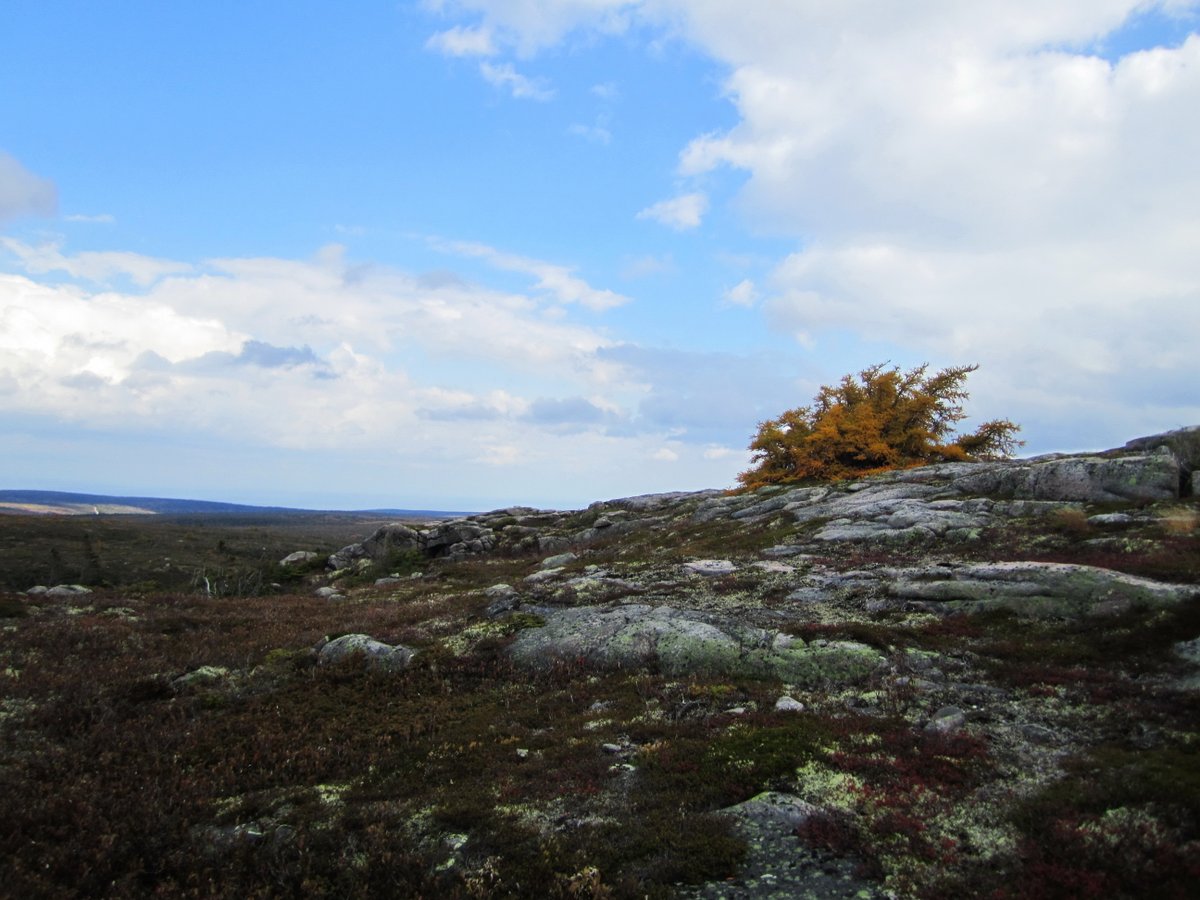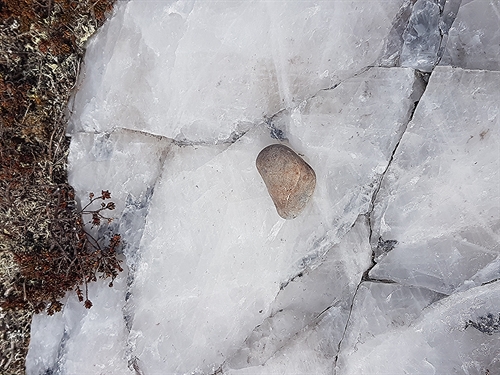We love getting questions about #mining, #minerals and #geology! We were recently asked about #MicaHill in Cape Breton. Here’s our answer:
#nspoli #cbpoli #novascotia #capebreton #NS #CB #victoriacounty

#nspoli #cbpoli #novascotia #capebreton #NS #CB #victoriacounty


#MicaHill is likely #NovaScotia’s best deposit of mica. Test pits were sunk there in summer 1882 by the Scotian Mining Company which confirmed the presence of a large supply of good quality #mica.
#nspoli #cbpoli #novascotia #capebreton #NS #CB

#nspoli #cbpoli #novascotia #capebreton #NS #CB


There are few records about the extraction took place on #MicaHill. This is not unusual. Many historical #NovaScotia mines/quarries have extensive documentation – and @NS_Energy_Mines plays an important role preserving them.
#nspoli #cbpoli #capebreton #NS #CB

#nspoli #cbpoli #capebreton #NS #CB


However, many historical sites, especially smaller ones, either were not well-documented or the documents have not survived the years.
#nspoli #cbpoli #novascotia #capebreton #NS #CB

#nspoli #cbpoli #novascotia #capebreton #NS #CB


According to GG Patterson’s 1885 book, “The History of #VictoriaCounty,” a dispute arose over ownership of the land where mining operations were carried out, and production was halted while the courts attempted to settle the matter.
#nspoli #cbpoli #novascotia #capebreton #NS #CB

#nspoli #cbpoli #novascotia #capebreton #NS #CB


With test pits in 1882 and an 1885 book saying production had halted, extraction at #MicaHill was likely brief and low-volume. We haven’t found documents suggesting the site was returned to production but there could have been additional small-scale extraction.
#nspoli #cbpoli

#nspoli #cbpoli


Samples from #MicaHill were collected and analysed in 1987 by @NS_Energy_Mines . Results showed the #mica (aka muscovite) to be of high quality and with good industrial potential.
Mica Hill is in the #CapeBreton Highlands National Park so extraction can no longer take place.

Mica Hill is in the #CapeBreton Highlands National Park so extraction can no longer take place.


#Mica has many uses including as a plastic filler and as a filler in wallboard. It's used in drilling fluids because the coarsely-ground flakes help prevent the loss of circulation by sealing the porous sections of the drill hole.
#nspoli #cbpoli #novascotia #capebreton #NS #CB

#nspoli #cbpoli #novascotia #capebreton #NS #CB


#Mica is used in rolled roofing because of its platy structure makes it unaffected by acid in asphalt or by weather conditions. It is used in brake shoes, pads, and clutch discs as an asbestos substitute.
#nspoli #cbpoli #novascotia #capebreton #NS #CB

#nspoli #cbpoli #novascotia #capebreton #NS #CB


Ground #mica is used in cosmetics and as glitter. It is used in the electronic and electrical industries as electrical insulators.
#nspoli #cbpoli #novascotia #capebreton #NS #CB

#nspoli #cbpoli #novascotia #capebreton #NS #CB


• • •
Missing some Tweet in this thread? You can try to
force a refresh



























